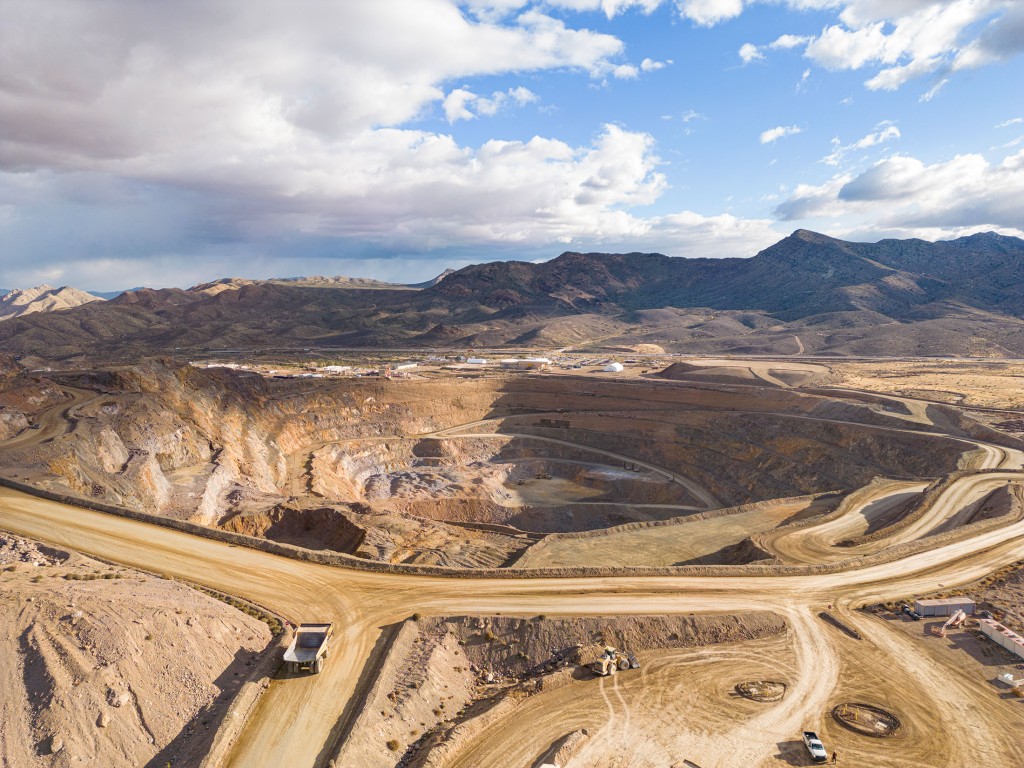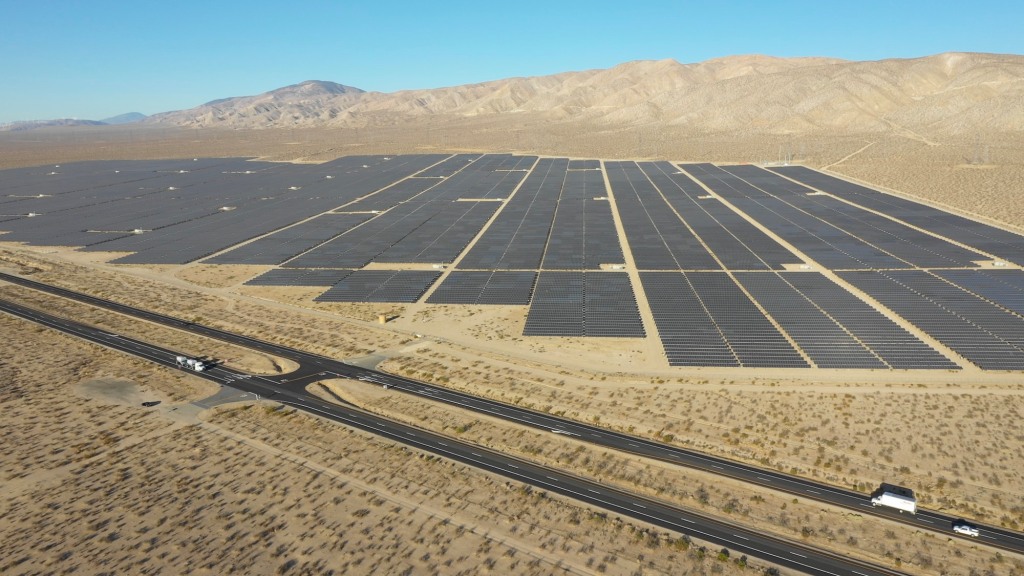
It’s not every day that you can drive down the highway and personally witness one of the great tectonic collisions in Earth’s history. But, if you happen to be motoring along Highway 14, the Antelope Valley Freeway, towards Palmdale near Santa Clarita, there they are: great slabs of rock stretching skyward at steep angles out of the dirt and scrub brush, creating dramatic formations that seem otherworldly.
This is Vasquez Rocks, one of California’s most interesting and dramatic geologic formations.
In a way, the rocks are otherworldly. Widely used as a setting for Westerns and space dramas, they have been seen in more than 200 films and television shows. But this is no ordinary set, erected for a few months and taken down. Vasquez Rocks have taken shape over 25 million years, erected through the violent, but slow, tectonic forces of two continental plates crashing into one another. This is near the top of the San Andreas Fault, at the juncture of the North American and Pacific continental plates.
Vasquez Rocks’ tallest peak juts 150 feet above the canyon floor, offering spectacular views to those courageous (or foolhardy) enough to scramble up it’s steep and treacherous face. (I’ve done it. Many times) The fact is, though, that the rock above ground is like an iceberg. The rock below extends an extra 22,000 feet into the earth.

Over the last half-century, Vasquez Rocks have been a stage for episodes of the TV series “Star Trek: The Next Generation,” “Star Trek: Voyager” and “Star Trek: Enterprise” as well as the films, including “Star Trek VI: The Undiscovered Country” and J.J. Abrams’ 2009 “Star Trek” reboot. They served as part of the planet Vulcan landscape, home to Spock. Abrams said that the site was chosen in homage to the site’s use in the original, including the classic episode of the original Star Trek series “Arena” which pit Kirk against an ambling, hissing, intelligent lizard creature on a foreign world.

There’s a reason that Vasquez Rocks is so often chosen as a set. The site lies at the edge of what’s known as the Thirty Mile Zone, a region around Los Angeles and Hollywood where those in the Screen Actors Guild and technical crew can report for work without paying higher premiums which dramatically increase the costs of production.
Named for Tiburcio Vásquez, a notorious California Bandit who used the formation to elude officials in 1873-1874, the rocks have made it a favorite filming location going back to the Saturday-morning westerns of the 1920s and ’30s like “The Texas Ranger” in 1931 and “The Girl and the Bandit” in 1939. Other, non-Star Trek productions include the 1994 film version of “The Flintstones” and “The Big Bang Theory.”

Most people are aware of the rocks’ fame in cinema, but its geological history is in many ways even more interesting. Vasquez Rocks sit astride or are near several other faults. The Elkhorn Fault, an offshoot of the San Andreas Fault, runs right through the Vasquez Rocks Natural Area Park, administered by LA County. Other faults, such as the Pelona, Vasquez Canyon, Soledad, and San Gabriel Faults, all lie near to the formation, making it a boon for geologists hoping to better understand California’s geological and seismographic history.
(Hikers: It should also be noted that the site also serves as a small section of The Pacific Crest Trail.)
The rocks consist mainly of sandstone that accumulated over millions of years from the erosion of the nearby San Gabriel Mountains. Rain, landslides, wind, flooding, and earthquakes, all played a role, depositing vast amounts of sand and gravel in the region.

Purchase stunning art prints of iconic California scenes.
Check out our Etsy store.
Over time, two continental plates – the North American and the Pacific plates – crashed into one another, consuming another plate called the Farallon Plate, which has since disappeared. The process led to an uplifting of the giant slabs that now rise above the otherwise flat terrain. The same process also created California’s best-known fault: the San Andreas, which lies only miles away and slices the state California, finally heading into the Pacific Ocean near San Francisco.
The region is a hotbed of geological activity. Two major quakes have taken place in the last 50 years: the Sylmar earthquake of 1971, which killed 64 people, and the 6.7 magnitude 1994 Northridge earthquake, which killed 57 people and injured another 8,700. Most scientists believe we are due for another big earthquake in the relative near future (geologically-speaking).

The rocks at Vaquez point at angles between 45-52 degrees, looking at times like huge ships under sail. In fact, formations of this type are known as “hogs back ridges” since they also resemble an arching backbone. Scientists believe they vary in age from 10 to 40 million years old.
Geologists estimate that the rocks sink deep into the earth, perhaps as far as 4 miles. What we see is very much the tip of the iceberg.
For hundreds of millions of years, most of California was found beneath the sea. Very few dinosaur bones have ever been found in California. One exception is the hadrosaur (which also happens to be the state dinosaur). Hadrosaurs were large herbivorous dinosaurs that lived near the end of the Cretaceous. However, marine fossils are plentiful in the region.
There are plenty of wonderful hikes around Vasquez rocks, but seeing them up close is easy, with parking directly beneath some of the most impressive formations. They are very simple to reach from LA, located just off Highway 14. So the next time you happen to be out there, take a moment to gaze and ponder the strange, lovely rocks that have played such a big role in California’s deep geological and cinematographic history.







